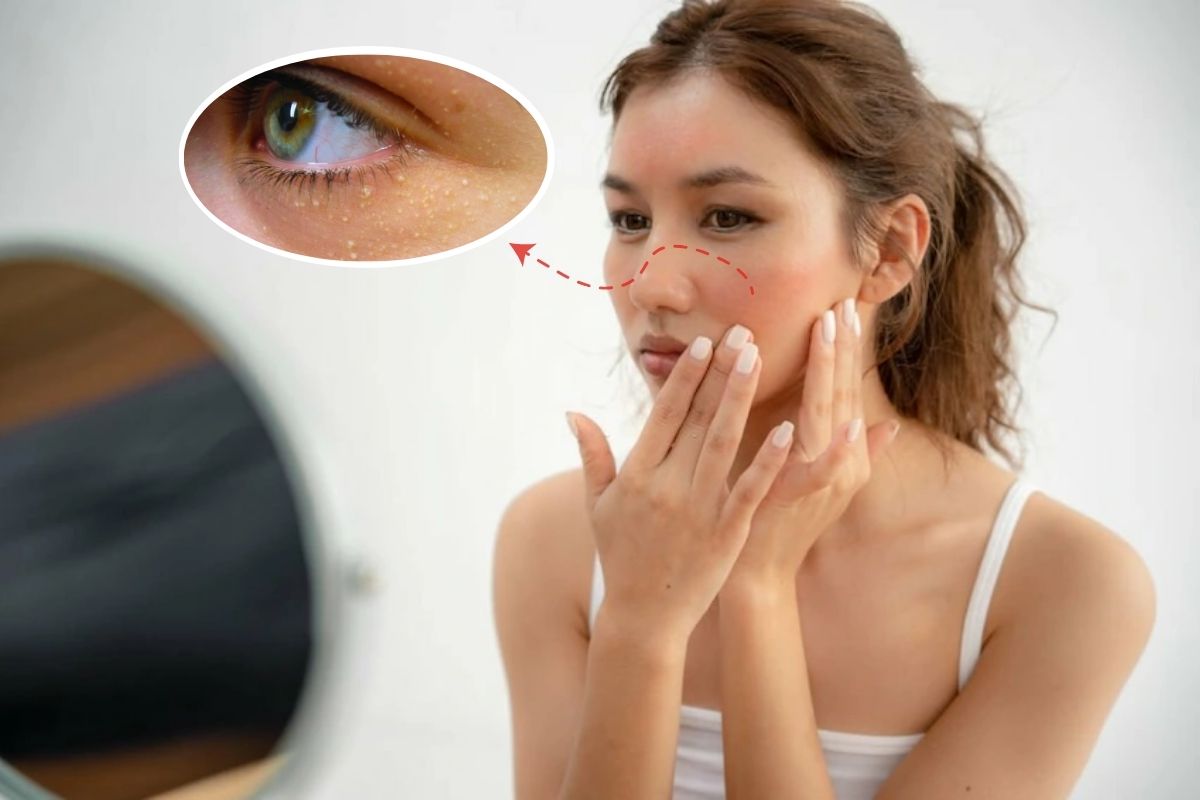Identifying Milia vs. Acne
Milia are frequently mistaken for acne because they appear as small, white bumps. However, unlike acne, milia do not arise from hair follicles and are not associated with inflammation or redness. They are usually painless and do not itch or cause discomfort, making them primarily a cosmetic concern rather than a medical one.
Causes of Milia
Several factors can contribute to the development of milia:
Skin Care Products: Heavy or oil-based skin care products can sometimes clog pores and contribute to the formation of milia.
Skin Trauma: Injuries such as burns or blistering can lead to the formation of milia as the skin heals.
Sun Exposure: Excessive sun exposure can thicken the skin and make it more prone to developing milia.
Types of Milia
There are several types of milia:
Primary Milia: These are most commonly found in infants and are thought to be due to the underdeveloped sweat glands.
Secondary Milia: These can occur in individuals of any age and are typically associated with skin damage or certain skin conditions.
Treatment Options
Treatment for milia may not always be necessary, as they often resolve on their own over time. However, if removal is desired for cosmetic reasons or if milia persist, treatment options include:
Extraction by Dermatologist: A dermatologist can safely remove milia using sterile instruments.
Topical Retinoids: Prescription creams containing retinoids can help accelerate the turnover of skin cells and prevent clogged pores.
Chemical Peels: Chemical peels can help exfoliate the skin and promote the shedding of dead skin cells, reducing the likelihood of milia formation.
Prevention and Skin Care Tips
To prevent milia from forming or worsening, consider the following tips:
Use Non-Comedogenic Products: Choose skin care and makeup products that are labeled non-comedogenic, meaning they are less likely to clog pores.
Avoid Heavy Products: Opt for lightweight, click here oil-free moisturizers and cosmetics to minimize the risk of pore blockage.
Sun Protection: Always wear sunscreen with a broad-spectrum SPF of 30 or higher to protect your skin from sun damage.
Conclusion
While milia are generally harmless, they can be bothersome from a cosmetic standpoint. Understanding their causes, types, and treatment options can help you manage and potentially prevent their occurrence. If you have concerns about milia Milialar or other skin conditions, consulting with a dermatologist can provide personalized advice and treatment options tailored to your needs. By taking proactive steps and adopting a skincare Milialar routine suited to your skin type, you can maintain healthy, clear skin and minimize the likelihood of developing milia.
